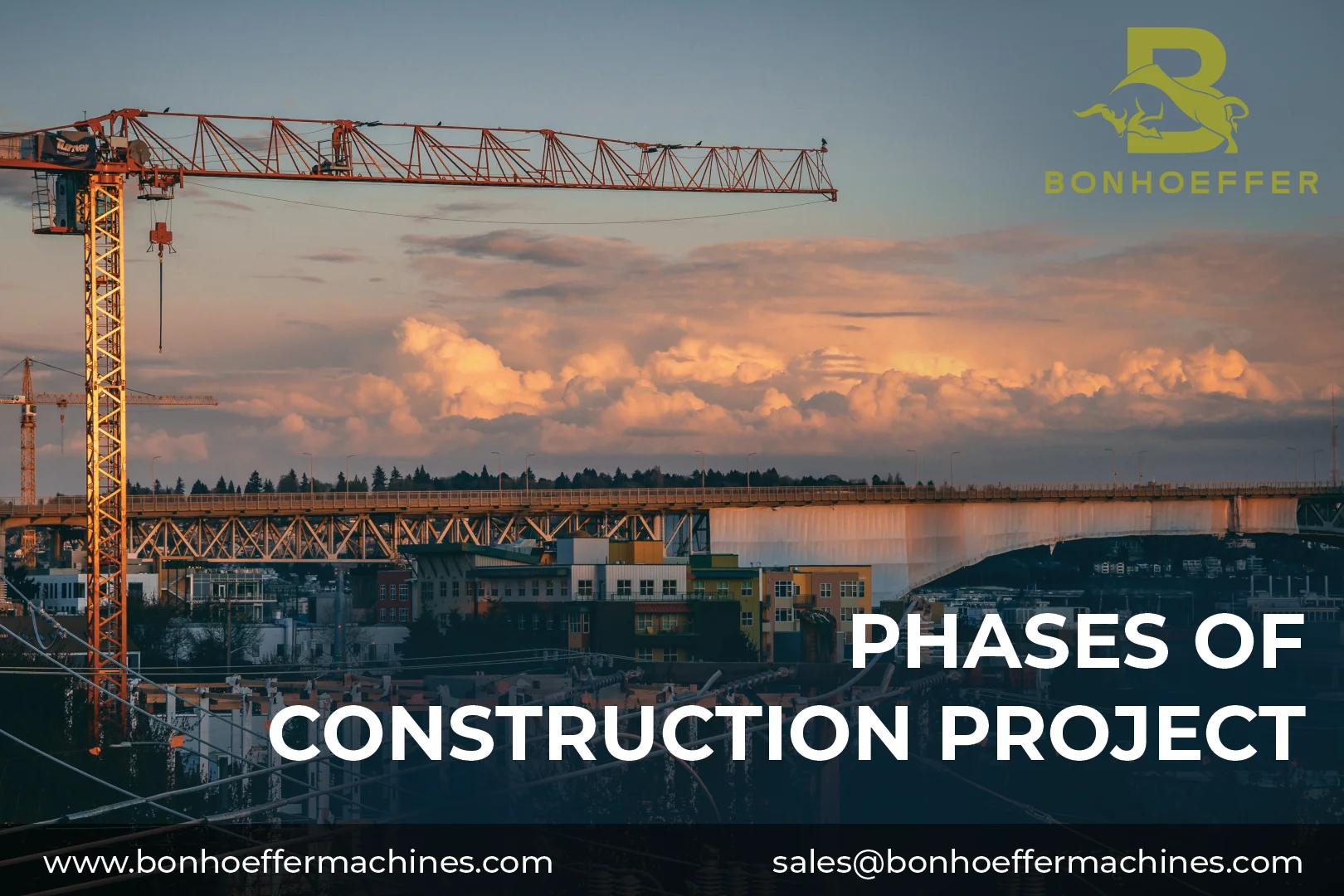
A construction project typically consists of several distinct phases, each with its own set of tasks, goals, and milestones. While the specific phases can vary based on the project’s scope and complexity, here are the common phases of a construction project:
1. Pre-Construction Phase:
This phase involves planning and preparation before the physical construction begins.
Project Conception and Feasibility: Assess the project’s viability, budget, and potential challenges.
Site Selection and Analysis: Evaluate potential construction sites for suitability and environmental impact.
Design and Engineering: Develop detailed architectural and engineering plans, including drawings and specifications.
Permits and Approvals: Obtain necessary permits and approvals from regulatory authorities.
Budgeting and Financing: Determine the project budget and secure necessary funding.
Procurement and Contracting: Select contractors, suppliers, and subcontractors through bidding or negotiation.
2. Design Phase:
In this phase, detailed design plans are created based on the project requirements and approved conceptual designs.
Architectural Design: Develop detailed architectural plans, layouts, and aesthetics.
Structural Design: Create structural plans for foundations, beams, columns, and load-bearing elements.
Mechanical, Electrical, and Plumbing (MEP) Design: Plan the installation of HVAC, electrical systems, and plumbing.
Sustainability and Energy Efficiency: Incorporate green building practices and energy-efficient design elements.
3. Procurement Phase:
This phase involves sourcing materials, equipment, and services required for construction.
Vendor Selection: Choose suppliers, contractors, and subcontractors based on qualifications and bids.
Material Procurement: Order construction materials and equipment, ensuring timely delivery.
Contract Negotiations: Finalize contracts and agreements with vendors and subcontractors.
4. Construction Phase:
The actual construction work takes place during this phase.
Site Preparation: Clear the site, set up temporary facilities, and establish safety protocols.
Foundation and Structural Work: Excavate, pour foundations, construct walls, floors, and other structural elements.
MEP Installation: Install mechanical, electrical, and plumbing systems according to design.
Interior Finishing: Apply finishes such as painting, flooring, and fixtures.
Testing and Quality Assurance: Conduct tests to ensure systems and structures meet standards and specifications.
Health and Safety Compliance: Maintain strict adherence to safety protocols and regulations.
Project Management: Monitor progress, manage resources, and address any issues that arise.
5. Post-Construction Phase:
After construction is completed, there are several tasks to wrap up the project.
Punch List and Final Inspections: Address any remaining issues and complete final inspections.
Client Acceptance: Obtain client approval and sign-off on the completed project.
Documentation and Handover: Compile project documentation, including as-built drawings and manuals, and hand over to the client.
Project Closeout: Settle financial matters, finalize contracts, and complete administrative tasks.
Maintenance and Warranty: Address any post-construction issues and provide maintenance as needed.
Each of these phases contributes to the successful completion of a construction project. Effective planning, communication, and coordination among project stakeholders are essential to ensure a smooth progression through each phase.








